Physics
Chapter 11: Fluid Mechanics
Motivation
Fluid mechanics is a branch of physics that deals with behavior of fluids and the forces acting on them.
Introduction
Fluid is basically a substance, as a liquid or gas, that can flow and change it's shape.
- A liquid is a fluid that has a definite volume but no definite shape.
- A gas is a fluid that has neither a definite volume nor a definite shape.
Pressure
A simply analogy for the pressure formula is:
A nail can stab into wood, but your finger can't even with the same force?
And why won't the nail work if you press it too gently?
You have discovered pressure, it is defined as force applied per unit area: \( P = \frac{F}{A} \)
(P = pressure (Pa), F = force (N), A = area (m²))
Static pressure of a fluid
\( P = h \rho g \) (derived using \(P = \frac{F}{A}\), derivation below)
(P = pressure (Pa), h = height (m), \( \rho \) = density of fluid (kg/m³), g = 9.81 m/s²)
 [Go back]
[Go back]
